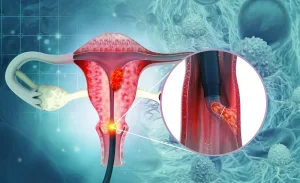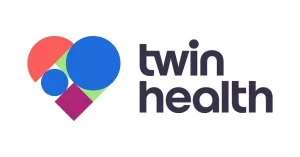The mRNA Vaccine: A Balanced Perspective on Its Role
The narrative surrounding mRNA vaccines has been a rollercoaster. Initially hailed as a groundbreaking solution to the COVID-19 pandemic, they later faced scrutiny and skepticism. However, a balanced understanding reveals a more nuanced reality.
The Promise of mRNA Technology
mRNA vaccines represented a significant leap in vaccine technology. Their rapid development and deployment offered a beacon of hope during a global crisis. They work by:
- Introducing a genetic code (mRNA) that instructs our cells to produce a harmless piece of the virus.
- This triggers an immune response, preparing the body to fight off the actual virus if encountered.
- The technology allowed for quicker vaccine production compared to traditional methods.
Concerns and Misconceptions
Despite their initial promise, concerns about mRNA vaccines emerged. Some common misconceptions include:
- The vaccine altering our DNA: mRNA does not integrate into our DNA.
- Severe long-term side effects: While some side effects occurred, severe long-term effects are rare.
A Realistic Assessment
It’s crucial to approach the topic with a realistic perspective:
- mRNA vaccines have proven effective in reducing severe illness and hospitalization from COVID-19.
- Like all medications, they carry potential risks, but the benefits generally outweigh the risks for most individuals.
- Ongoing research continues to refine and improve vaccine technology.
Final Words: Embracing Nuance
The story of mRNA vaccines is not one of simple good or bad. It’s a complex tale of scientific innovation, public health challenges, and evolving understanding. By embracing a balanced perspective, we can make informed decisions about our health and contribute to a more informed public discourse.




+ There are no comments
Add yours